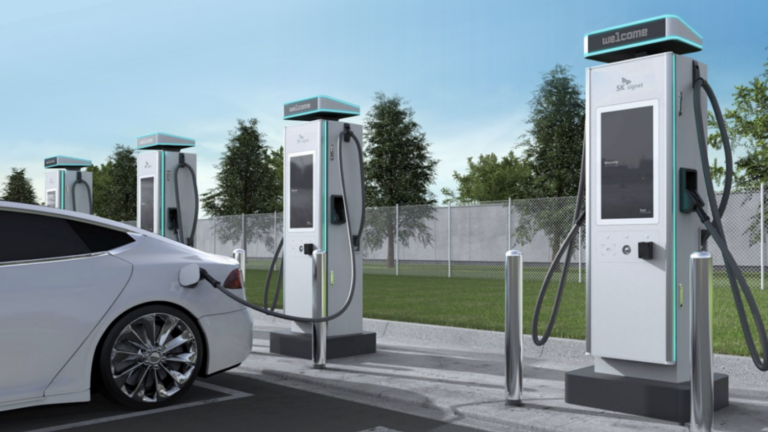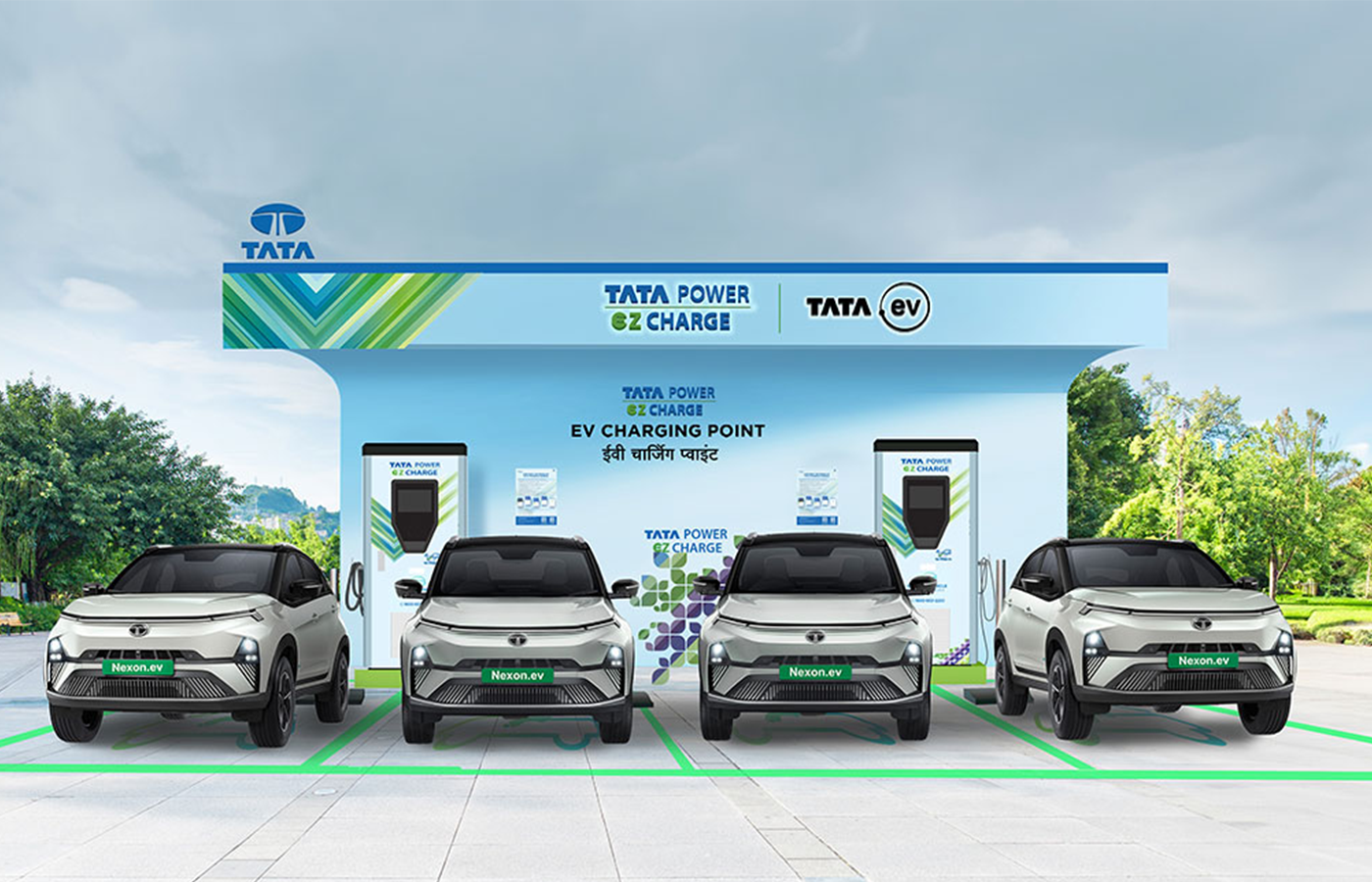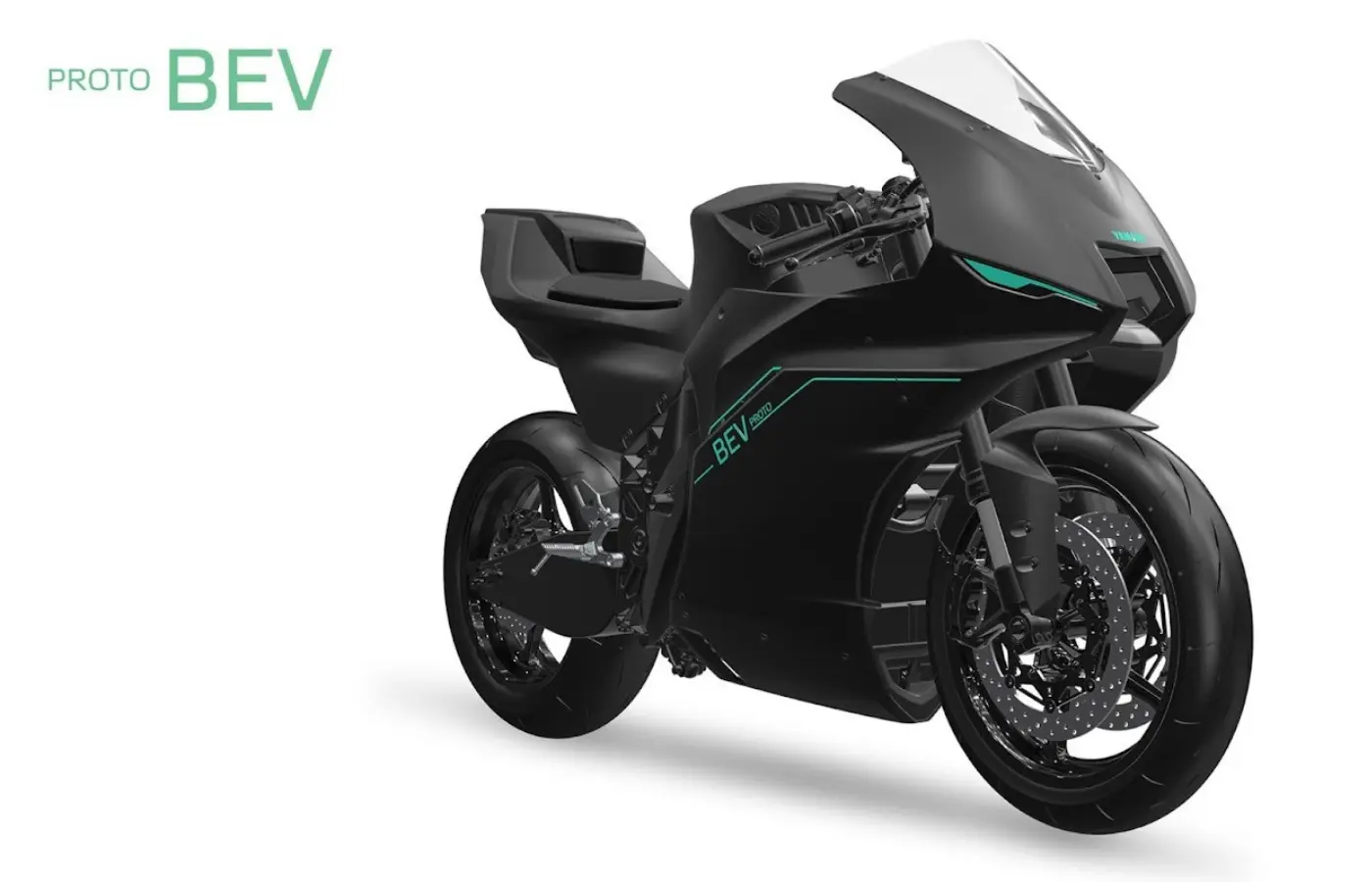EV Charging Stations in India: Growth & Future Trends (2025)

The Growth of EV Charging Stations in India: What’s New
The EV revolution in India is in full swing, with brands like Tesla, TATA, BMW, and Hyundai lining up new electric models for 2025. But as electric vehicles flood the streets, the spotlight shifts to the backbone of this revolution—EV charging stations. While EV adoption is skyrocketing due to government reforms and a focus on environmental sustainability, the supporting charging infrastructure still lags. India urgently needs to address range anxiety and boost accessibility to charging stations. Experts predict a parabolic rise in EV charging stations, driven by both government initiatives and private investments.
EV Charging Stations: Current Status in India
India currently has around 12,146 operational public EV charging stations as of February 2024.
- Awareness Gap: Many EV buyers remain unaware of the e-AMRIT portal (charging-map), which helps locate nearby EV charging stations.
- Infrastructure Challenges: High investment costs and infrastructure limitations continue to widen the vehicle-to-station gap.
However, initiatives like FAME II and PM E-DRIVE are addressing these challenges by offering financial incentives and subsidies for EV infrastructure.
The Future of EV Charging Stations in India
With government schemes and private players stepping up, the future of EV charging infrastructure looks promising.
Key Developments:
- FAME II (₹11,500 crore allocation): Aims to establish 400,000 charging stations by 2026.
- PM E-DRIVE (₹2,000 crore budget): Focuses on two- and three-wheelers, along with 1,800 electric buses.
Leading Contributors:
- Tata Power EZ Charge
- Delta Electronics India
- Incharz – Servotech EV Infra
- Magenta ChargeGrid
These players are actively working to scale India's EV infrastructure, with Hyundai Motor India alone expected to install 600 public EV fast chargers across the country over the next seven years. However, experts estimate that India will need over one million chargers in the coming years to meet demand effectively.
AIM of EV Charging Infrastructure Expansion:
- Urban Areas: EV charging station every 3 km.
- Highways: One station every 25 km.
- Heavy-Duty Vehicle Roads: One station every 100 km.
- License-Free Establishments: Simplified processes for setting up EV stations.
- Power Ministry Compliance: Alignment with technical standards and safety
- guidelines.
Heavy EV Sales Lead to Charger Demands: Market Trends in 2024
India's EV charging network has grown from 2,000 stations in 2022 to an estimated 16,000 by the end of 2024.
- Market Growth: Expected to cross $3.7 billion by 2030.
- Private Investments: Key contributors include Tata Power, Ather Energy, Mahindra Electric, Charzer, Amara Raja, and Statiq.
Innovation in Charging Infrastructure:
- Ultra-Fast Charging Stations: Significantly reduce charging times.
- Solar-Powered Chargers: Environmentally friendly and cost-efficient.
- Smart Grids: Integration with renewable energy sources.
With increased awareness and improved accessibility, India’s EV charging market is poised for exponential growth in the coming decade.
India Charging Up for the Future!
Setting up an EV charging station in India can cost anywhere between ₹1 lakh to ₹50 lakh, depending on the infrastructure and charger type. As the demand for sustainable transportation surges, India is emerging as a global leader in EV infrastructure. The key focus remains on:
- Nationwide Awareness Campaigns
- Integration of Renewable Energy with Charging Grids
- Enhanced Public-Private Collaboration
.jpg.png)



